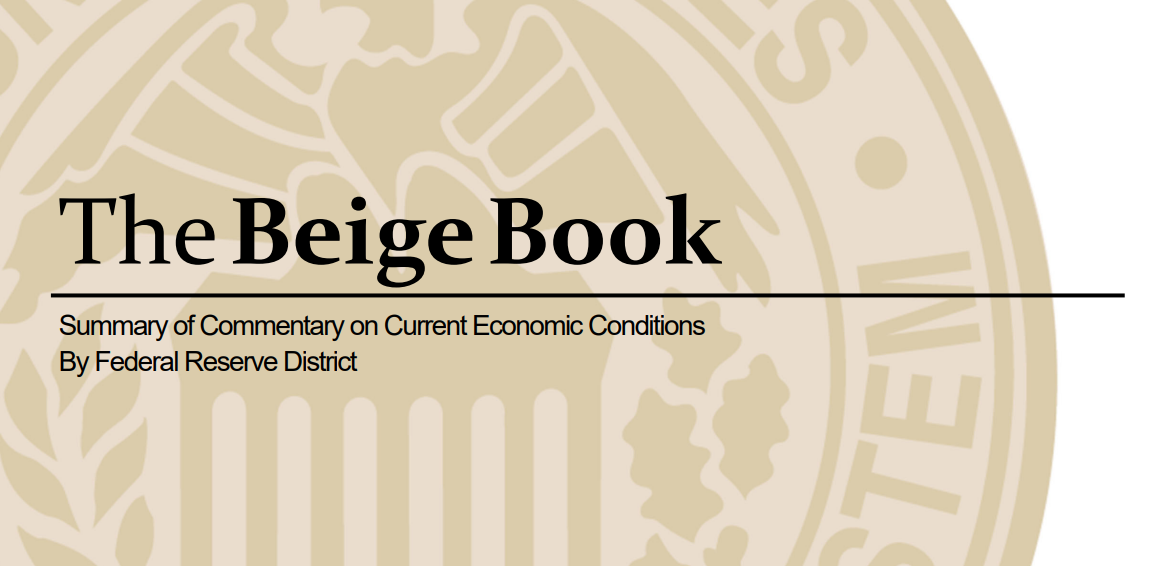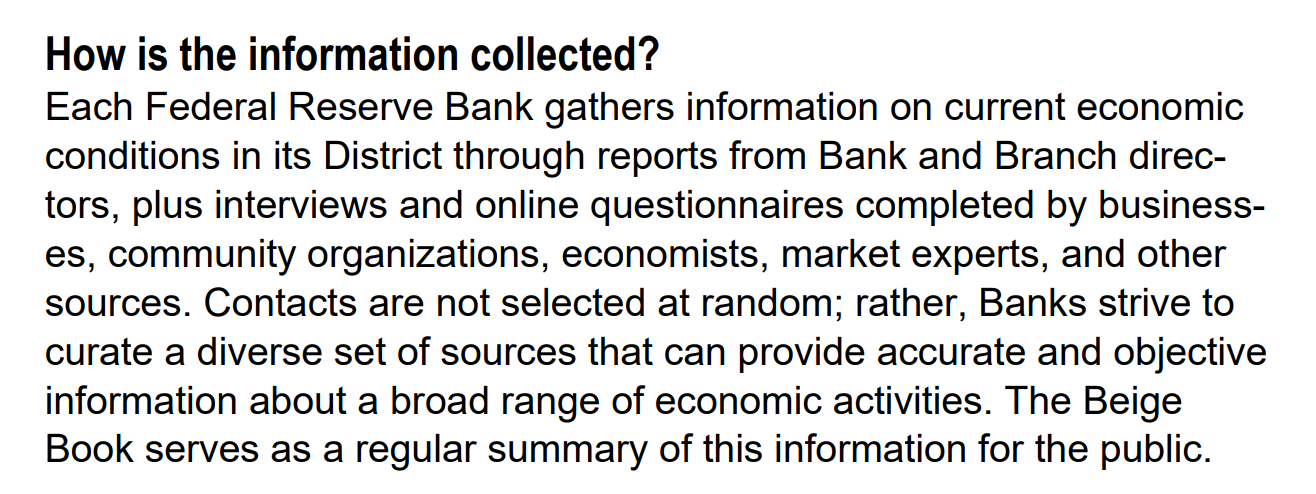Fed's Beige Book on the State of the Economy: Placebo eagerly awaited by markets
At this point in time, the market desperately needs a "placebo" to stabilize the market's dovish expectations, and this brown book on the state of the economy is just right.。
On September 6, local time, the Federal Reserve released its latest Beige Book on economic conditions as of August 28。According to the Beige Book, in July and August, the U.S. economy and job market as a whole were moderate, and inflation gradually slowed.。On the payroll side, many companies expect an overall slowdown in U.S. wage growth in the near term, which also provides confidence support for further downward inflation。

Expectations that the Fed will suspend rate hikes at this meeting are growing as the Fed's rate meeting approaches。According to CME Fed Watch, traders are betting that the probability of the Fed holding down in September was once more than 90%, which means the Fed may postpone another rate hike during the year or save until the fourth quarter.。
Just when everything seemed set in stone, at the annual Jackson Hole Central Bank Annual Meeting in late August, a surprise hawk by Federal Reserve Chairman Jerome Powell disrupted markets。The "inflation fighter" said that the current price level in the United States is still too high, and the Fed will work to achieve and maintain a sufficiently strict monetary policy stance to reduce inflation to this level over time.。
At this point in time, the market desperately needs a "placebo" to stabilize the market's dovish expectations, and this brown book on the state of the economy is just right.。
Specifically, in terms of macro economic activity, according to the survey, economic growth in most regions was relatively moderate between July and August.。However, the tourism industry grew rapidly during this period as this summer was the final release phase of the demand for leisure tourism that was suppressed during the neo-crown epidemic.。Other retail spending by consumers has slowed, especially for non-essential items, on the grounds that consumers may have exhausted their savings and are relying more on borrowing to support consumption.。

The weakening of the consumer boom caused by the decline in U.S. savings is by no means groundless.。In fact, as early as June of this year, the Fed's official website published a paper called "Excess Savings During the Epidemic: An International Comparison from a Historical Perspective."。According to its estimates, U.S. excess savings are likely to have been exhausted in the first quarter of 2023。Recently, according to San Francisco Fed estimates, as of the end of June this year, U.S. households held less than $190 billion in excess savings。
In this case, the American people have begun to reduce the consumption of non-essential goods。The Beige Book noted that while new car sales did increase in many regions, according to contact's analysis, the increase in new car sales was due more to sufficient inventory than to increased consumer demand.。In addition, most districts say consumer loan balances have increased, and some even report rising delinquency rates on consumer loans, which also points to Americans' lack of savings.。
On the employment front, in line with recently released data, the U.S. labor market has begun to show signs of weakness.。Despite the slowdown in hiring, most regions say the imbalance in the labor market remains as the supply of skilled workers and the number of applicants remain constrained.。Worker retention has improved in several regions, but only in certain industries such as manufacturing and transportation.。

In addition, many respondents said "the second half of the year will be different" when describing wage increases.。Labor cost pressure growth intensifies in most regions, first half exceeds expectations。But almost all regions said businesses reiterated previously unfulfilled expectations that wage growth would generally slow in the near term.。
According to recently released non-farm payrolls data, although in August, the number of non-farm payrolls in the United States still increased by 18.70,000, more than economists had expected。However, according to the data released, the U.S. Department of Labor revised down the total number of jobs in June and July by 110,000.。At the same time, the United States in August, year-on-year hourly wage growth also fell, only 4.3%, down from 4 in July.4%。
In terms of prices that the Fed is concerned about, the Beige Book shows that most regions report an overall slowdown in price growth, with manufacturing and consumer goods industries slowing even faster, which is undoubtedly good news.。However, according to the report, several areas have experienced dramatic increases in property insurance costs over the past few months.。Respondents in several regions said that profit margins fell in several regions as companies struggled to pass on cost pressures and input price growth slowed less than sales price growth。

The Beige Book survey is also consistent with the actual price situation in the United States.。Last week, the U.S. PCE price index for July rose 3.3 per cent; the core PCE price index, excluding food and energy, was at an annual rate of 4 per cent in July..2%, in line with market expectations。Jeffrey Roach, chief economist at LPL Financial, said: "While the specific details of the data are somewhat disappointing, it reinforces market speculation that the Fed will not change its plan to keep interest rates unchanged in September.。"
As is customary, the Federal Reserve issues eight brown books on the state of the economy each year, summarizing the results of a mapping of the U.S. economic situation by 12 regional reserve banks。The document is of great reference value to the Fed's monetary policy-making, and is generally published two weeks before the Fed's meeting on interest rates, and is considered by the market to be a bellwether for the Fed's interest rate decision.。

According to the agenda, the Fed's September meeting will be held from 19 to 20 this month。It is worth noting that the market is currently betting that the Fed will stabilize interest rates at 5.25% -5.The probability of a 5% interval is still as high as 93%。

·Original
Disclaimer: The views in this article are from the original Creator and do not represent the views or position of Hawk Insight. The content of the article is for reference, communication and learning only, and does not constitute investment advice. If it involves copyright issues, please contact us for deletion.